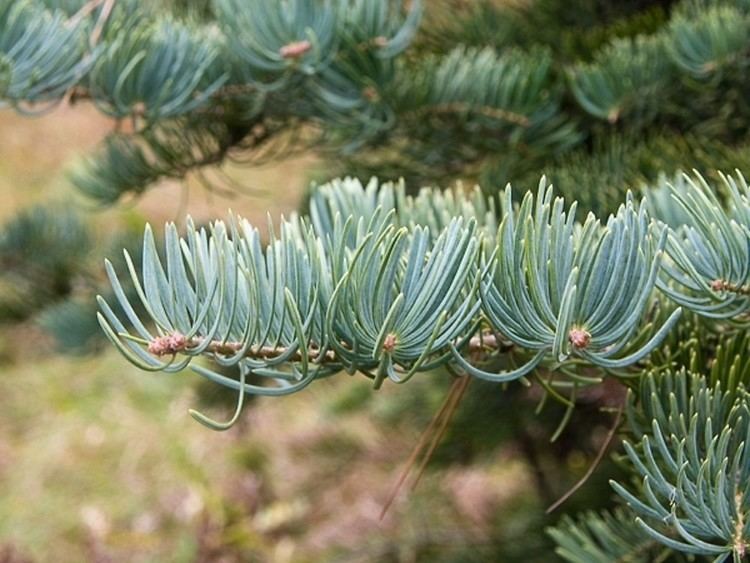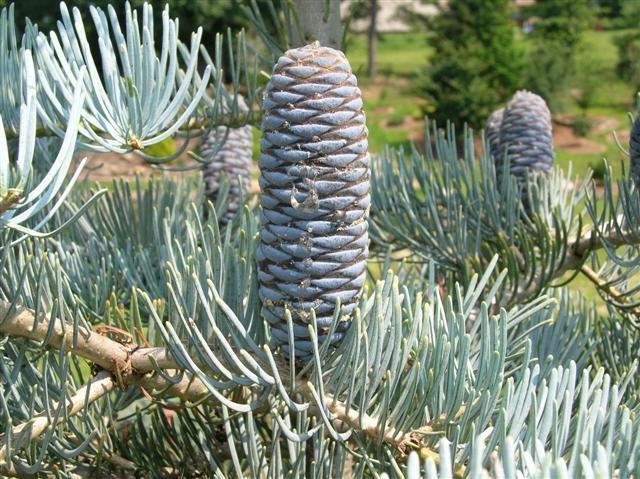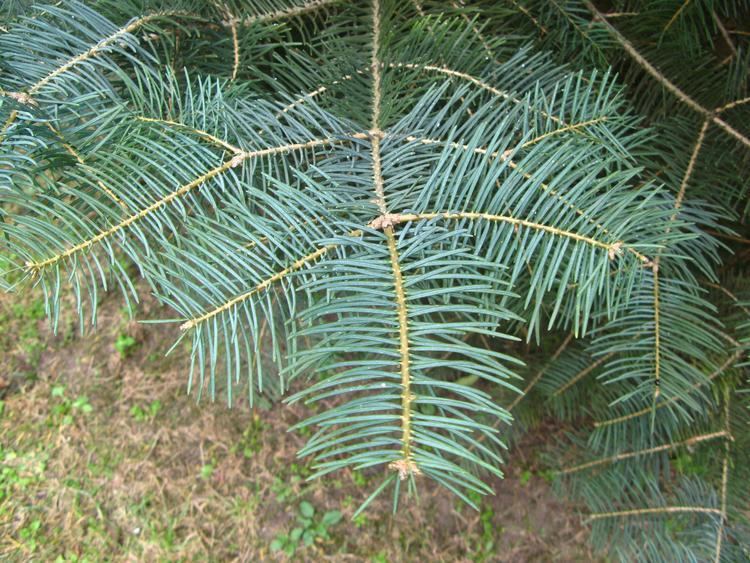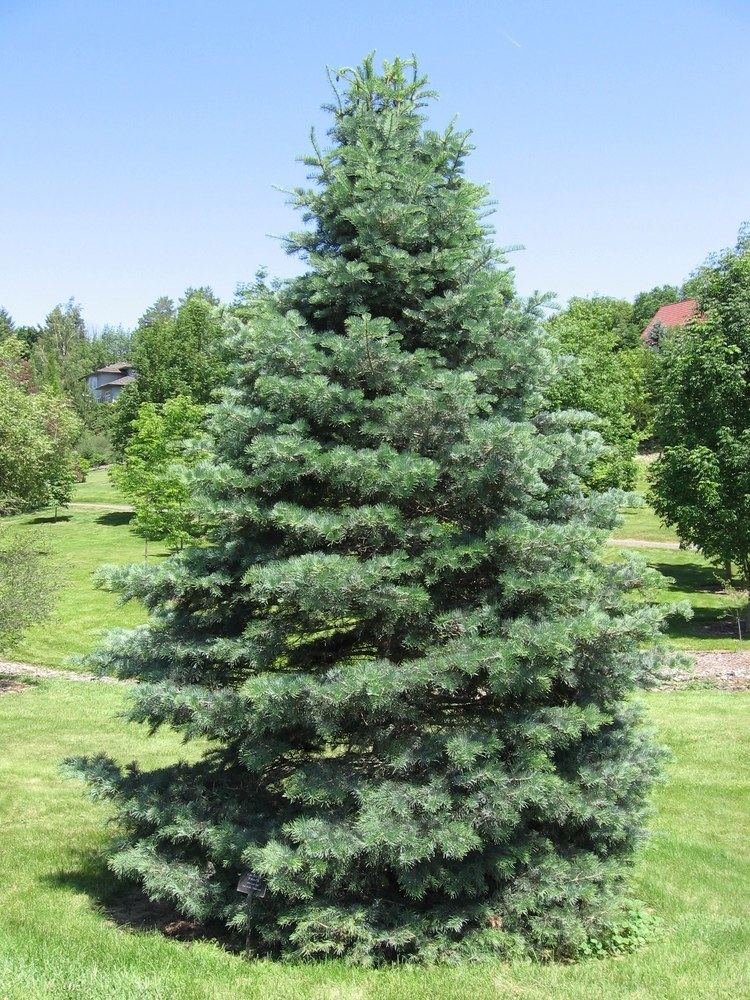Genus Abies Higher classification Fir | Division Pinophyta Scientific name Abies concolor Rank Species | |
 | ||
Similar Fir, Abies koreana, Balsam fir, Conifers, Blue spruce | ||
Abies concolor
Abies concolor, commonly known as the white fir or Colorado white-fir, is a fir native to the mountains of western North America, occurring at elevations of 900–3,400 m (3,000–11,200 ft). It is a medium to large evergreen coniferous tree growing to 25–60 m (80–195 ft) tall and with a trunk diameter of up to 2 m (6.6 ft). It is popular as an ornamental landscaping tree and as a Christmas tree. It is sometimes called concolor fir.
Contents
- Abies concolor
- Planting a white fir abies concolor at our site
- Description
- Subspecies
- Abies concolor subsp concolor
- Abies concolor subsp lowiana
- Related species
- Forest succession
- Discovery
- Ecology
- Uses
- Cultivation
- References

Planting a white fir abies concolor at our site
Description

The leaves are needle-like, flattened, 2.5–6 cm (1–2 3⁄8 in) long and 2 mm (3⁄32 in) wide by 0.5–1 mm (1⁄64–3⁄64 in) thick, green to glaucous blue-green above, and with two glaucous blue-white bands of stomatal bloom below, and slightly notched to bluntly pointed at the tip. The leaf arrangement is spiral on the shoot, but with each leaf variably twisted at the base so they all lie in either two more-or-less flat ranks on either side of the shoot, or upswept across the top of the shoot but not below the shoot.

The cones are 6–12 cm (2 1⁄4–4 3⁄4 in) long and 4–4.5 cm (1 5⁄8–1 3⁄4 in) broad, green or purple ripening pale brown, with about 100–150 scales; the scale bracts are short, and hidden in the closed cone. The winged seeds are released when the cones disintegrate at maturity about 6 months after pollination.
Subspecies

As treated here, there are two subspecies; these are also variously treated at either the lower rank of variety by some authors, or as distinct species by others:
Abies concolor subsp. concolor

Abies concolor subsp. lowiana
Related species
White fir is very closely related to grand fir (Abies grandis), with subspecies lowiana being particularly similar to the interior variety of grand fir A. grandis var. idahoensis, intergrading with it where they meet in the Cascades of central Oregon. To the south in Mexico, it is replaced by further close relatives, Durango fir (A. durangensis) and Mexican fir (A. mexicana). ...
Forest succession
White fir, being shade tolerant, is a climax species in forest succession in the Sierra Nevada, and in the presence of modern human controls against forest fires, it has flourished over the past two centuries. It is sometimes regarded as a pest by those in the lumber industry, as it drives out trees of greater stature (such as the sugar pine and incense cedar), has weaker, knottier wood than its competitors, and retains its lower limbs. This latter trait creates a fire ladder that allows flames to reach up to the canopy, thinning out giant sequoia stands that would escape smaller forest fires with minimal damage.
Discovery
This tree was discovered by William Lobb on his expedition to California of 1849–1853, having been overlooked previously by David Douglas.
Ecology
This tree is host to fir mistletoe (Phoradendron pauciflorum), a parasitic plant. It is attacked by many types of insects, such as the fir engraver (Scolytus ventralis).
Uses
White fir is a preferred construction species because of its nail-holding ability, lightness in weight, and resistance to split, twist, and pitch. It is straight-grained, non-resinous, fine-textured, stiff, and strong.
White fir is popular as a Christmas tree and for Christmas decoration owing to its soft needles, generally excellent needle retention and abundance. It is often marketed as concolor or white fir.
Cultivation
White fir is widely planted as an ornamental tree in parks and larger gardens, particularly some cultivars of subsp. concolor selected for very bright glaucous blue foliage, such as cv. 'Violacea'. The cultivar 'Compacta' has gained the Royal Horticultural Society's Award of Garden Merit.
